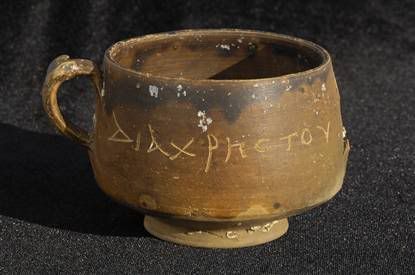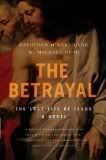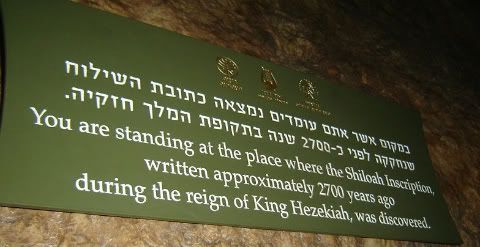The Indian History Carnival, published on the 15th of every month, is a collection of posts related to Indian history and archaeology.
-
“So when you tie the next rakhi on a boy’s wrist or somebody ties one on yours, remember Alexander, the lovely Roxanne and Porus with his elephants…”, writes Maddy.
-
In 2003, Kamalesh Dwivedi, CIO of Network Solutions translated Meghadutam since he missed his wife. Venetia Ansell writes a review and observes, “And it is perhaps appropriate that Mr Dwivedi is one of a growing group of NRI success stories – leaving aside his Sanskrit he went from IIT to Harvard to a successful career in the US – who are now returning to interests such as Sanskrit.”
-
“In the secular annals of Indian history, the chapter on Vijaynagar is hurriedly dismissed. Simply because it is an outstanding testimony of a vigorously renewed Hindu spirit, which perhaps had a parallel only in the age of the Guptas.” writes Sandeep in a post about Madhava Vidyaranya
-
Criticizing India’s inexplicable reluctance to capture Captain Jack Sparrow and his friends off the Somali coast, Nitin points out that in the 1880s, the Indian government was responsible for protecting the region.
-
Even though Queen Victoria assumed the title of Empress of India, she never visited the jewel in the crown. The Prince of Wales visited India, but never reached the South. His son, George V reached Travancore in 1911. Murali Ramavarma has a post about it.
-
Laxmi Panda joined Bose’s Indian National Army when she was 14. Later in her life she had to work as a domestic help to make ends meet. In a post about her, Sumir writes, “One can not deny the place of eminence given to those people who had remained with non-violent Gandhian course of struggle for independence. However, it is wrong to deny the place to those struggles which had been undertaken with the same spirit with which satyagrahis had exerted”
-
Fëanor writes about Nairs, the military class of Malabar.
If you find any posts related to Indian history published in the past one month, please send it to jk AT varnam DOT org or use this form. Please send me links which are similar to the ones posted, in terms of content.The next carnival will be up on Nov 15th.
See Also: Previous Carnivals



